.png)
Heuristic Evaluation
Redesign
User research
Project management
High-fidelity prototype
Pitch deck creation
UX Designer
7 Days
Gen Z
Young Millennials
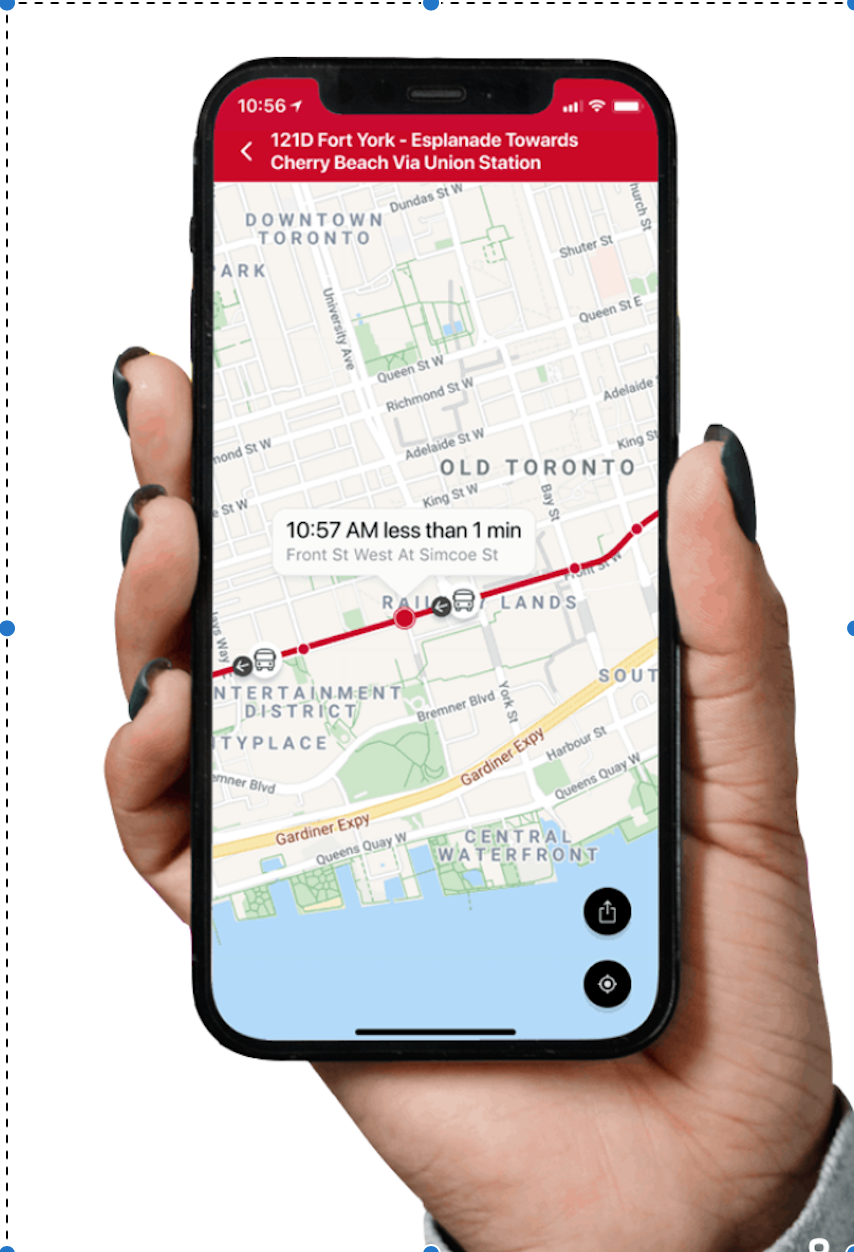

.png)
The main objective of this project is to enhance the user experience of the transit app Rocketman by revamping its design. The primary aim is to make the process of planning a route more user-friendly. Our approach involved analyzing usability problems through the application of Nielsen Norman Group's 10 Usability Heuristics. The redesign was then guided by the insights obtained from this analysis..
"How might we make Rocketman more user friendly"
STRUCTURE

Develop a Scrum plan specifically tailored for a week-long design sprint as a crucial step in the UX case study

We delve into the explanation of a heuristic evaluation and outline the severity scale being used

We recognize the presence of established design standards and gain an understanding of our current user by crafting a proto persona.

Reviewing the existing task flow and Conducting a heuristic review while utilizing the identified scale
Is this case study too long? Explore our pitch and case study visually – think of it as the CliffsNotes version
We harnessed Scrum's power – quick sprints, refinement, innovation relay – Agile teamwork at its finest!
Let's start with what a heuristic evaluation is. A heuristic evaluation is a way to test whether an app or website is user friendly. This evaluation is based on 10 usability heuristics and by assessing these heuristics designers are able to identify usability issues.
We've highlighted the 5 heuristics we will be covering today as these were the most relevant to your app
.png)
Based on the severity of the usability problems we've assigned a number to each heuristic. Based on the severity of usability problems a number is assigned to each heuristic using a 0-4 Scale
.png)
In order to best introduce the task flow of your average user, we've created a persona named MelissaMelissa is a woman in her 50s
who has a doctors appointment in a part of town that she’s never been to. Melissa wants to use the TTC to get to her appointment but she's not sure how to get there, so she opens up Rocketman to help
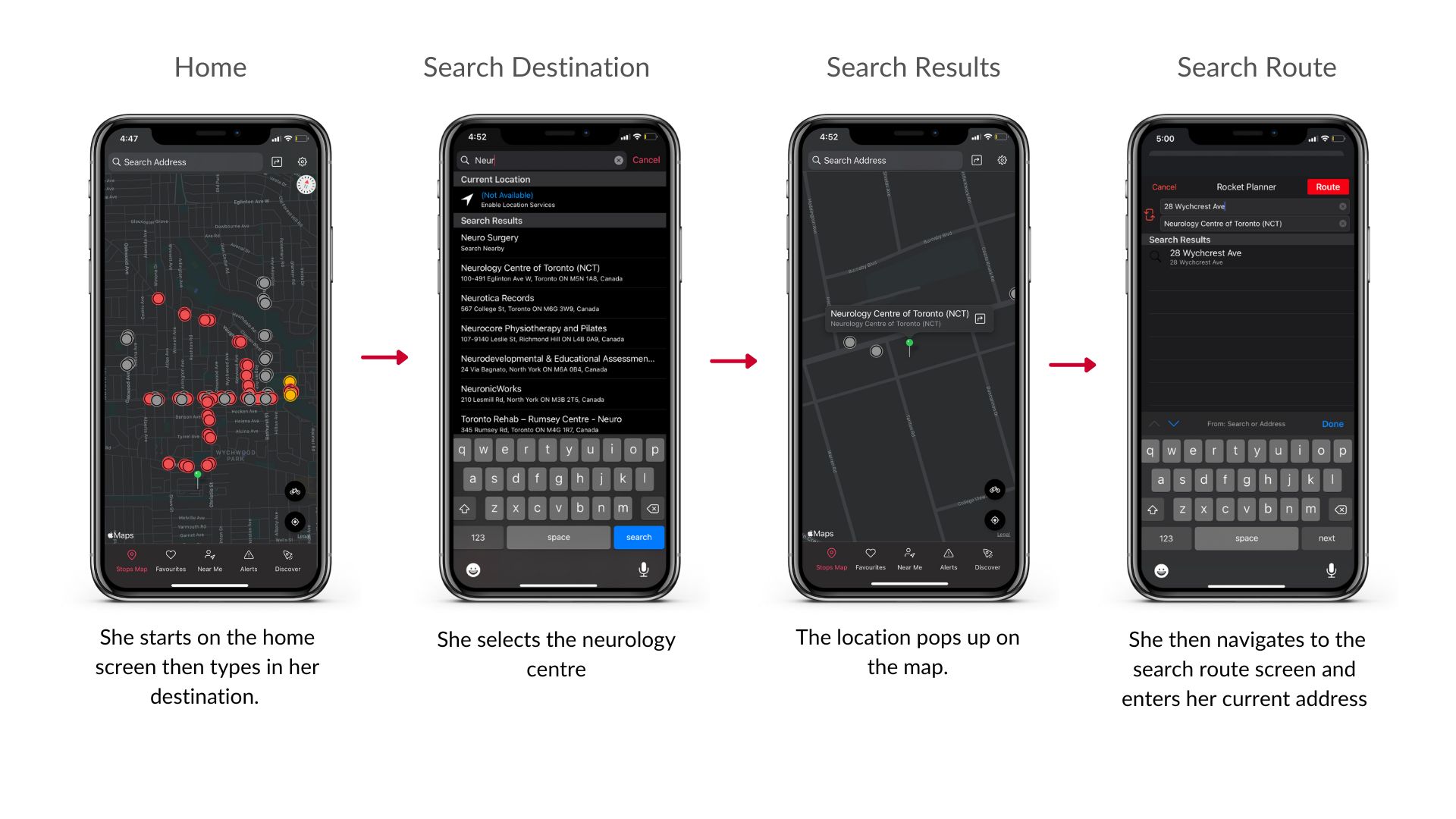
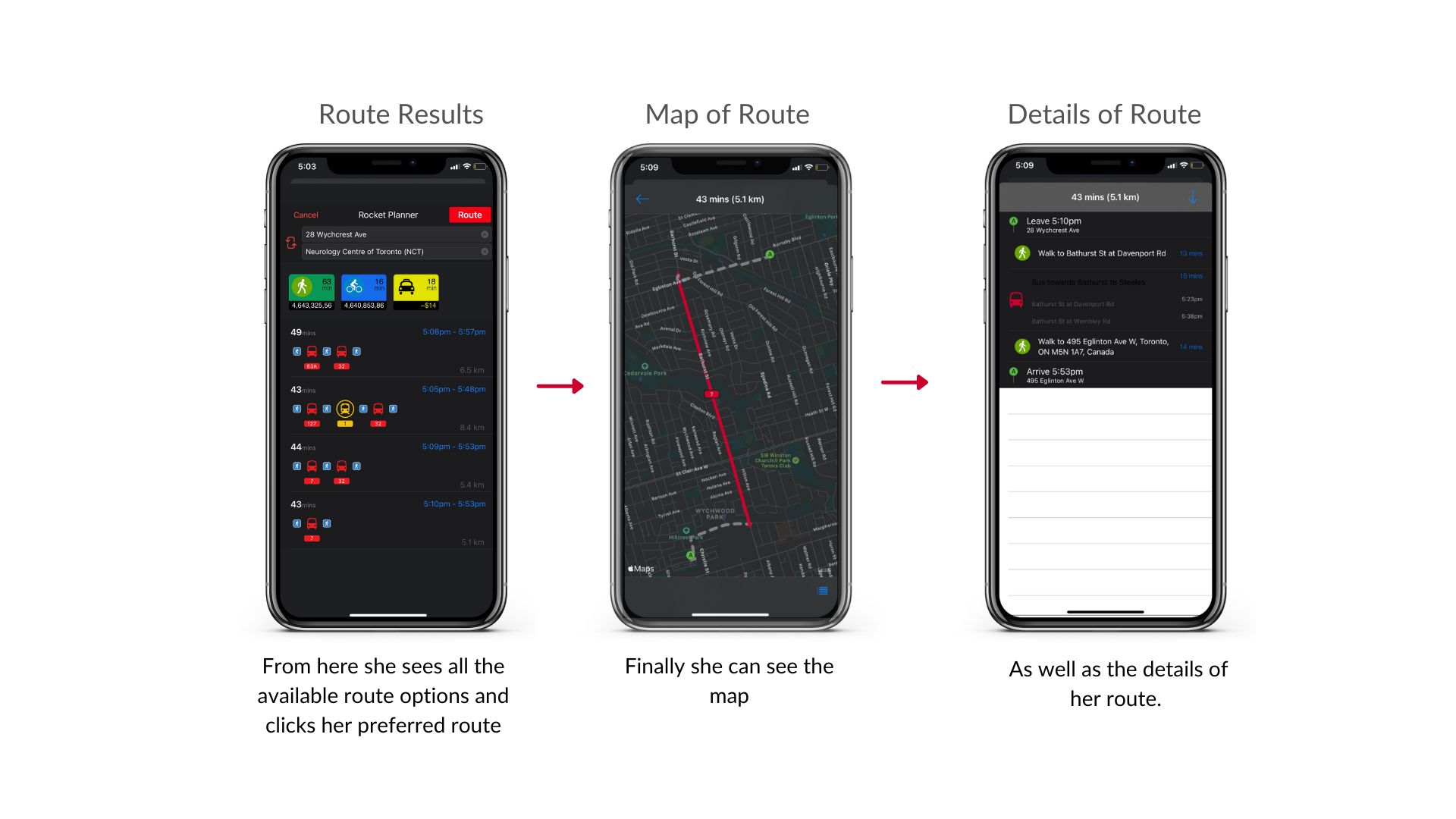
Here is a re-evaluation of this flow, including some questions that our user, Melissa, might have while navigating through these screens.
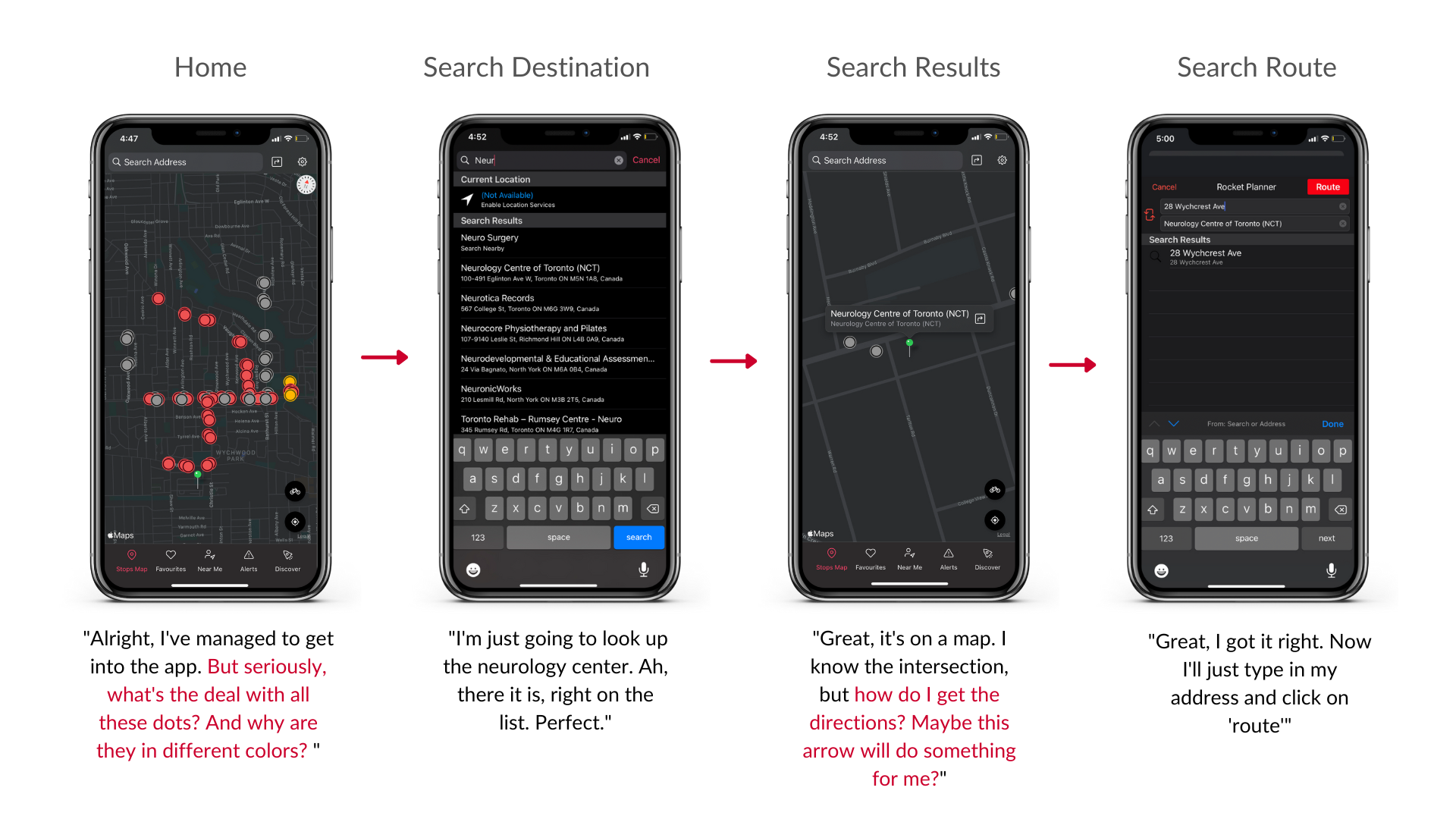
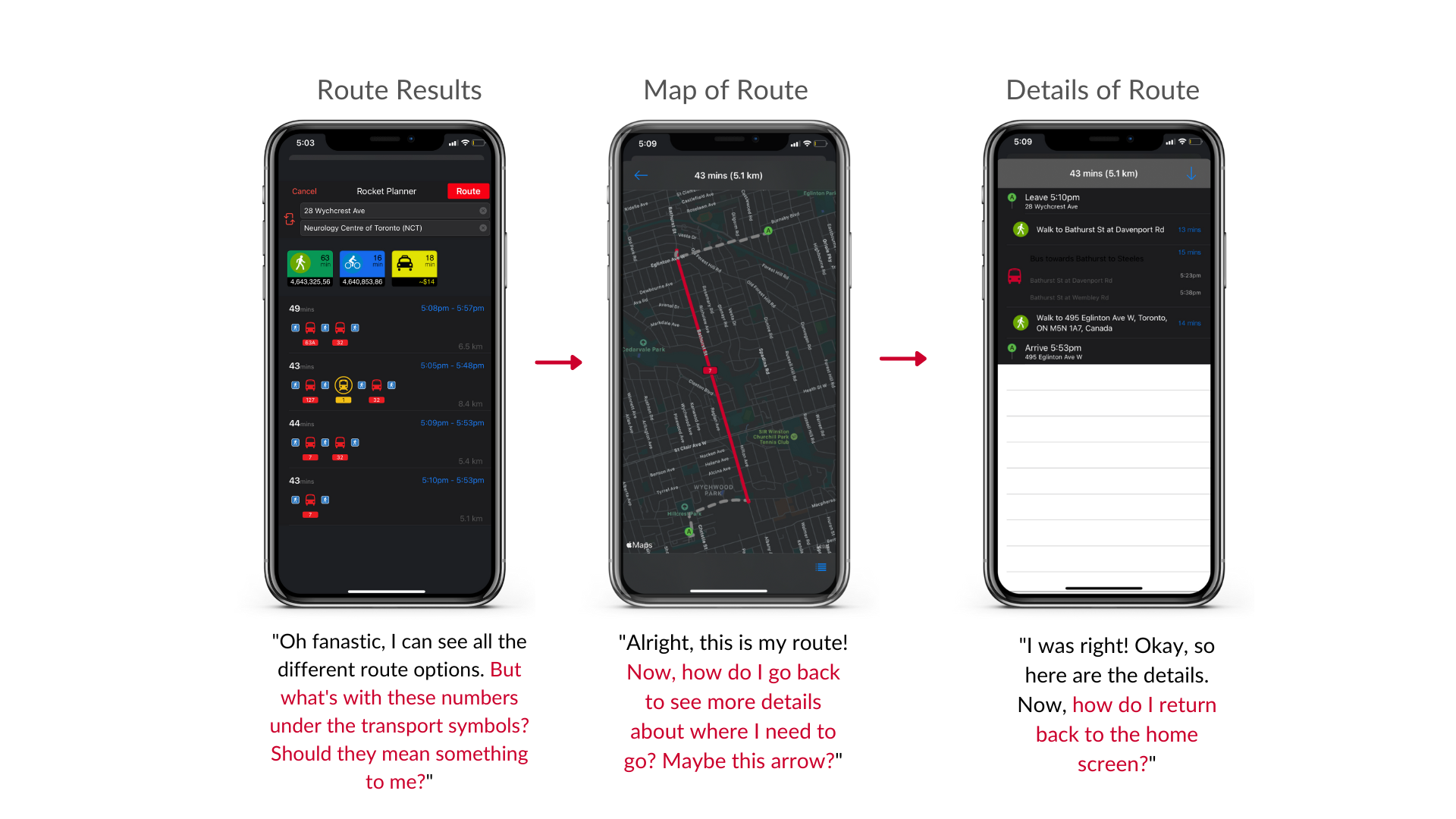
Maintaining an authentic link with the brand was of utmost importance. We established the branding elements and color scheme that we would adhere to in order to stay in harmony with Rocketman's existing brand identity.
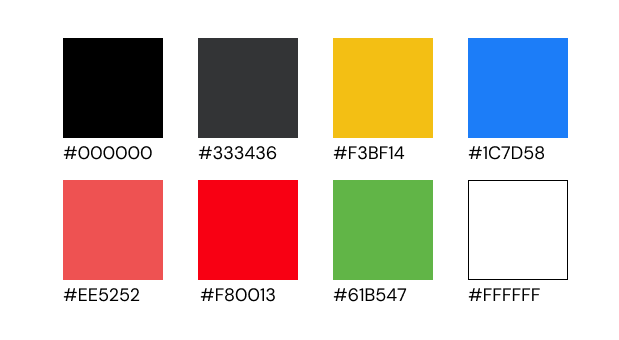
When viewed through the lens of our user flow, the question of how to enhance the user experience gains even greater significance. In this context, the utilization of Nielsen Norman's 10 Usability Heuristics takes on a particularly strategic role. By immersing ourselves in these guidelines, we embark on a journey to identify opportunities for refining the user journey and addressing potential pain points. This proactive approach underscores our commitment to delivering a seamless and user-friendly interaction that aligns seamlessly with our users' needs and expectations. Below you'll see my analysis:
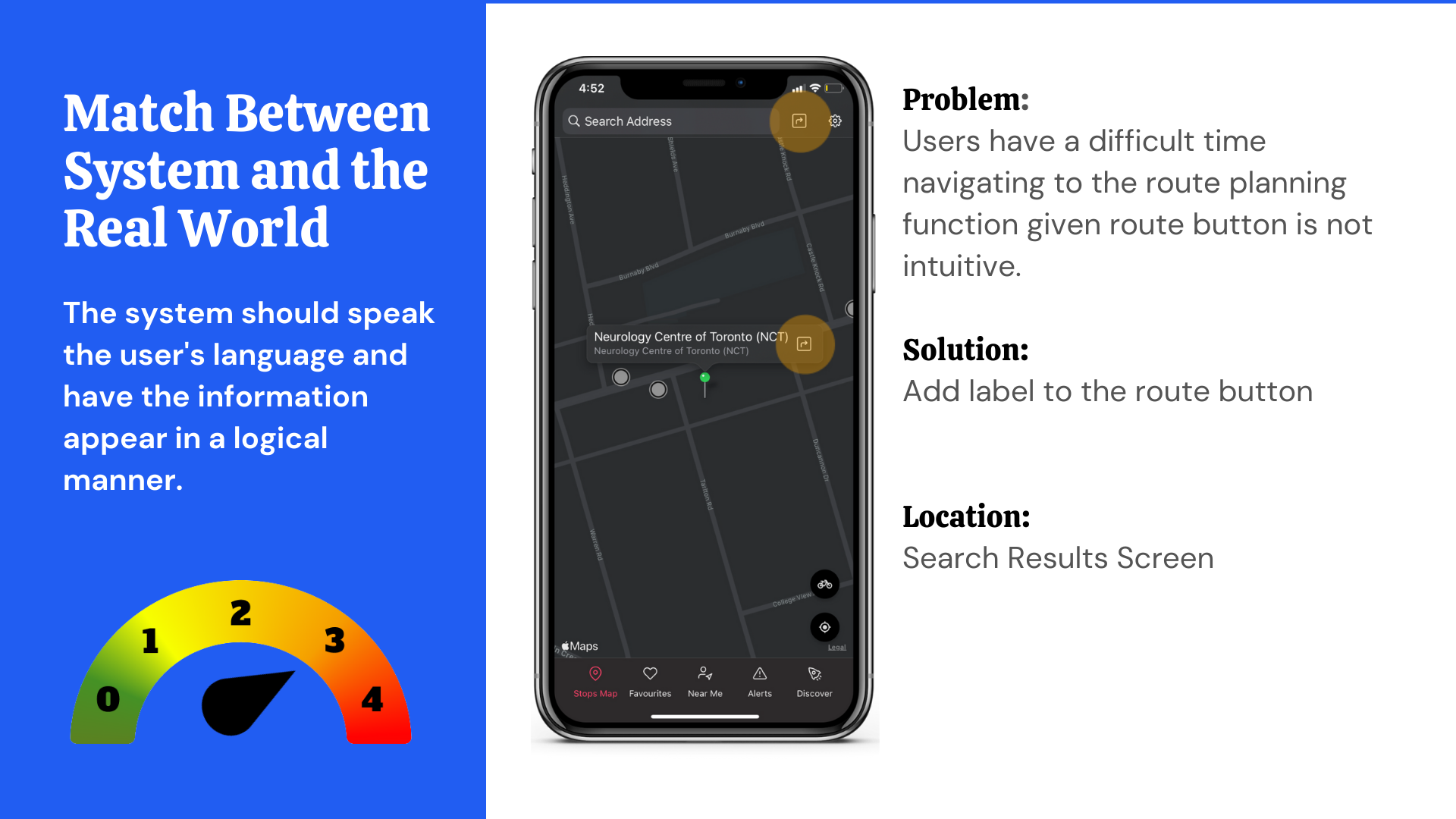
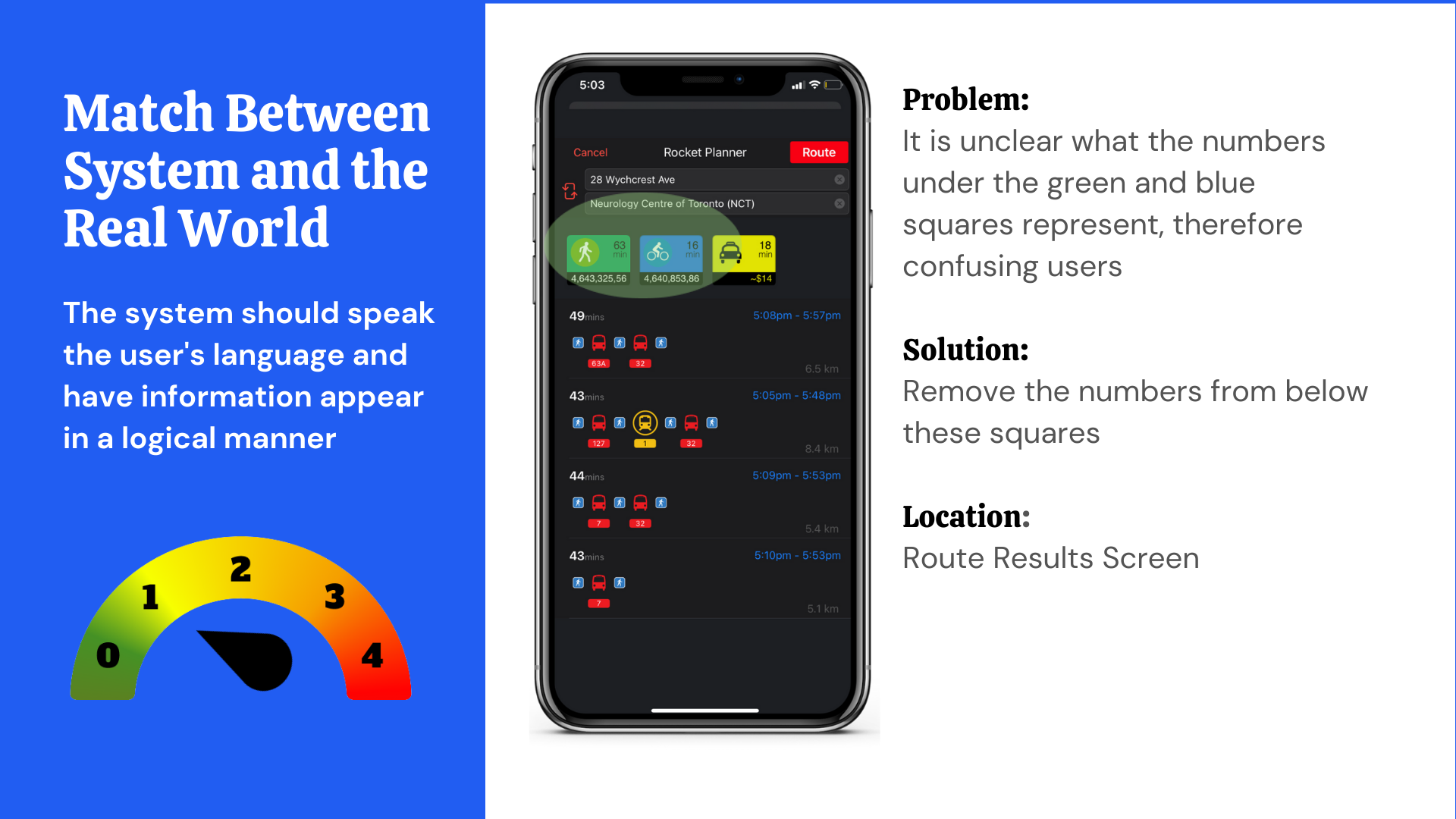
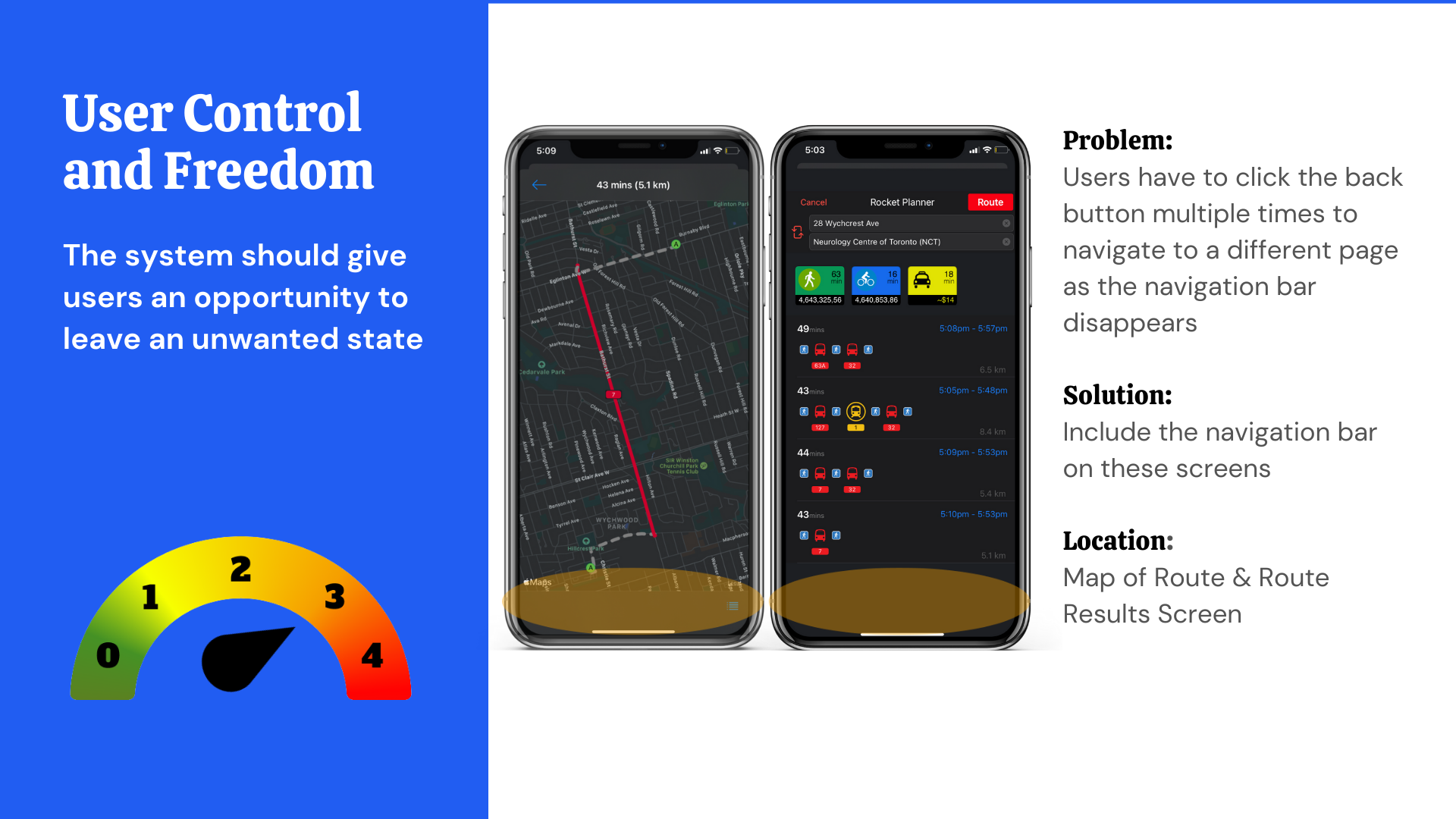
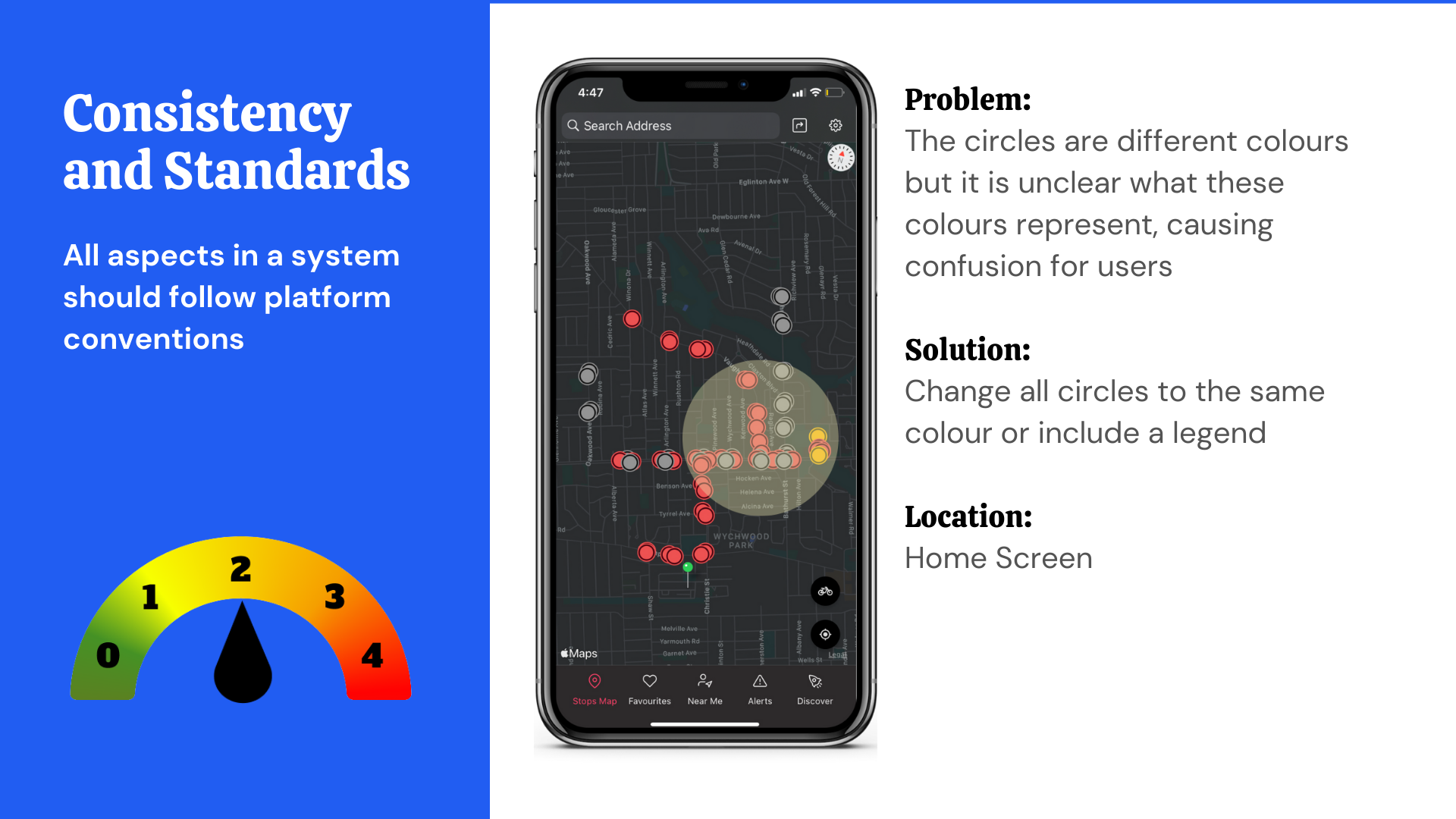

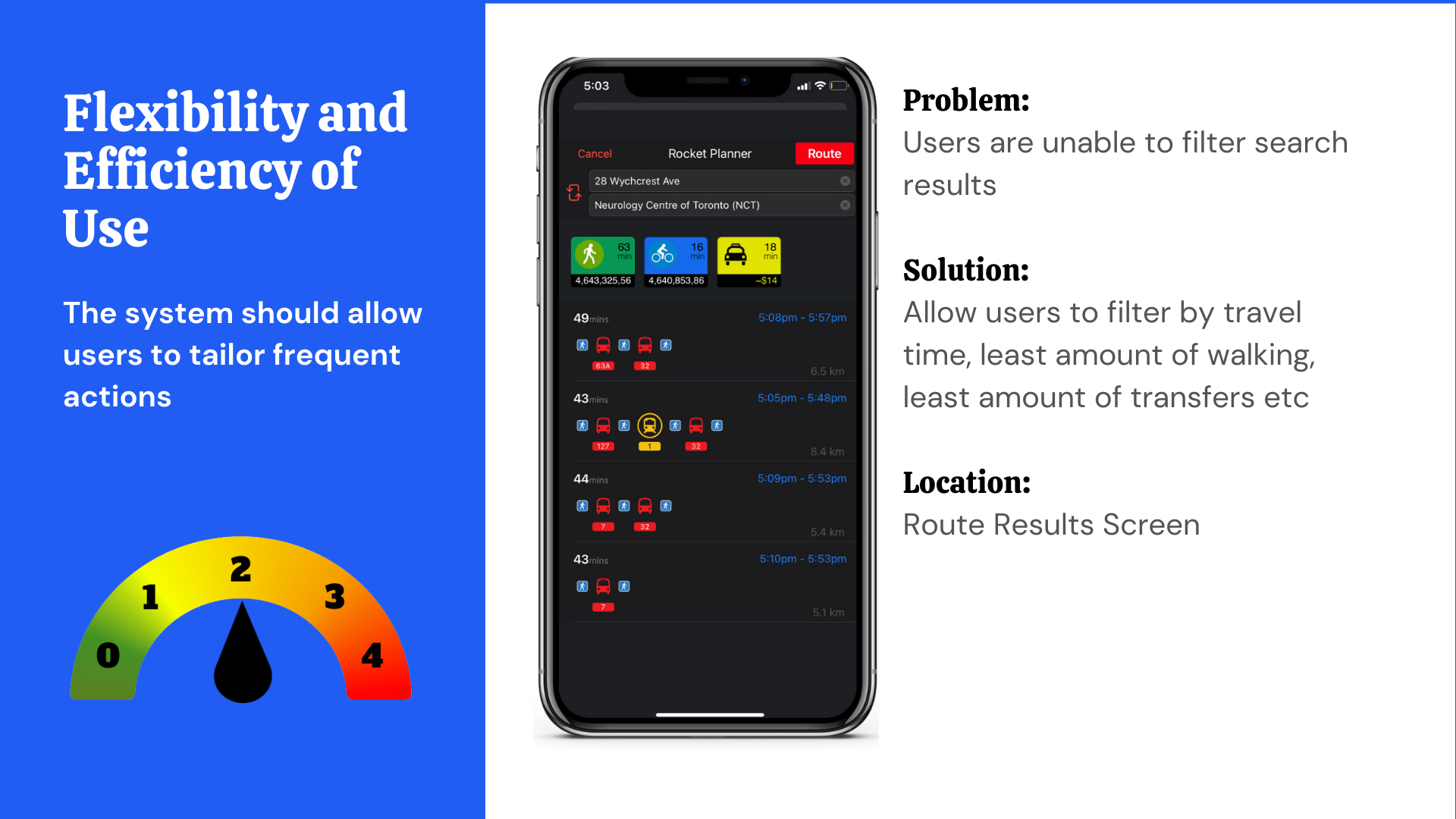
Now let's look at ranking the above-discussed usability issues as per their severity. As you see in the table here we have ranked them from most severe - to least severe.
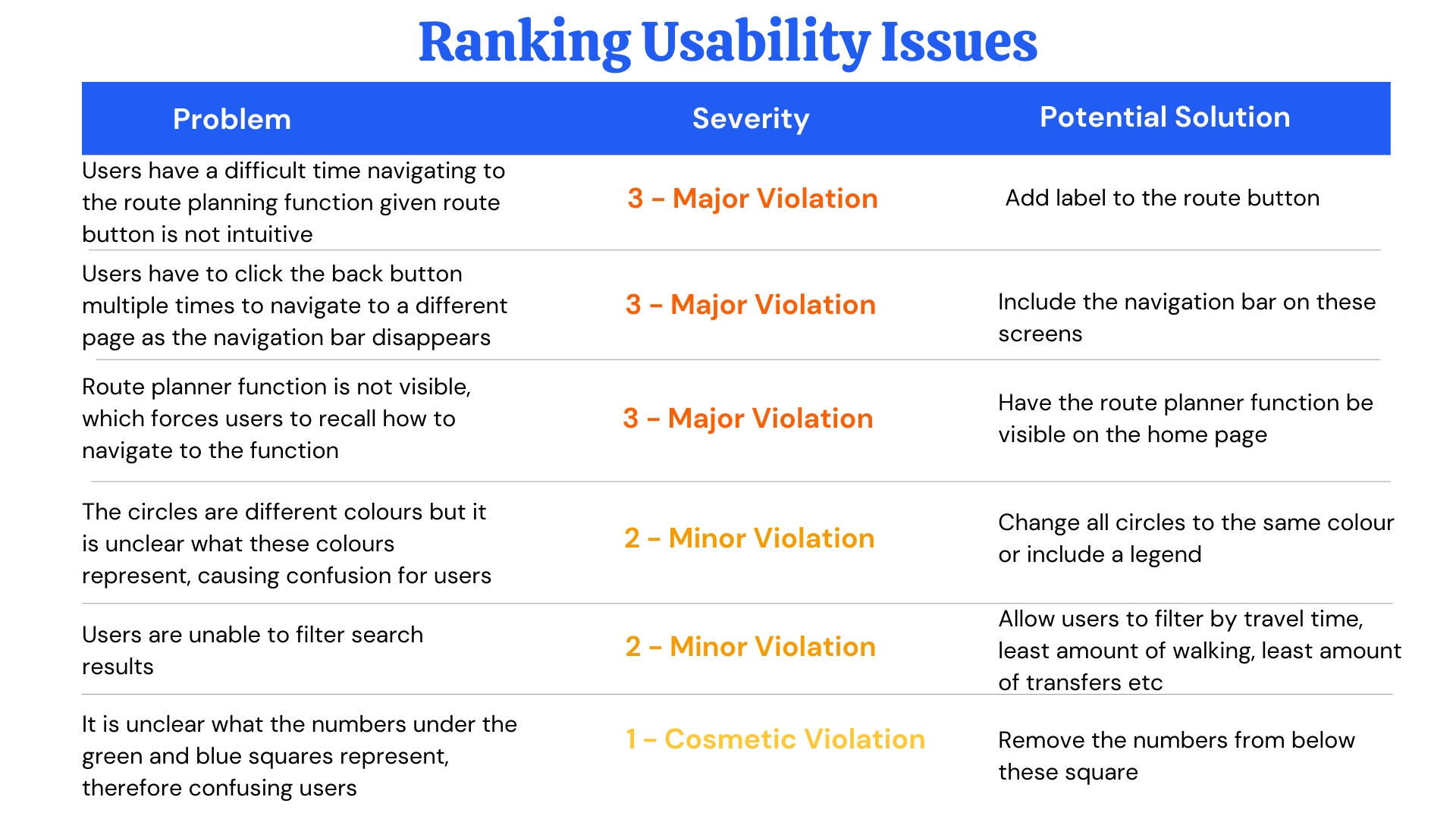
We then created a Design Prioritization Matrix which will help us determine which changes to prioritize. As this diagram represents two axes, the vertical axes representing the Impact of usability on design - High to Low and the horizontal axes representing the effort required to fix - High to low. We have evaluated the potential improvements and plotted them accordingly in the diagram.
%20(1).png)
As you can see above, There are multiple opportunities for improvement. However,
the plan is to prioritize the changes on the top right quadrant first because those changes would mean high impact on usability and low effort required.
After incorporating our fresh design changes, Melissa's interaction with Rocketman has significantly enhanced! Below, you can observe the transformed course of her experience.
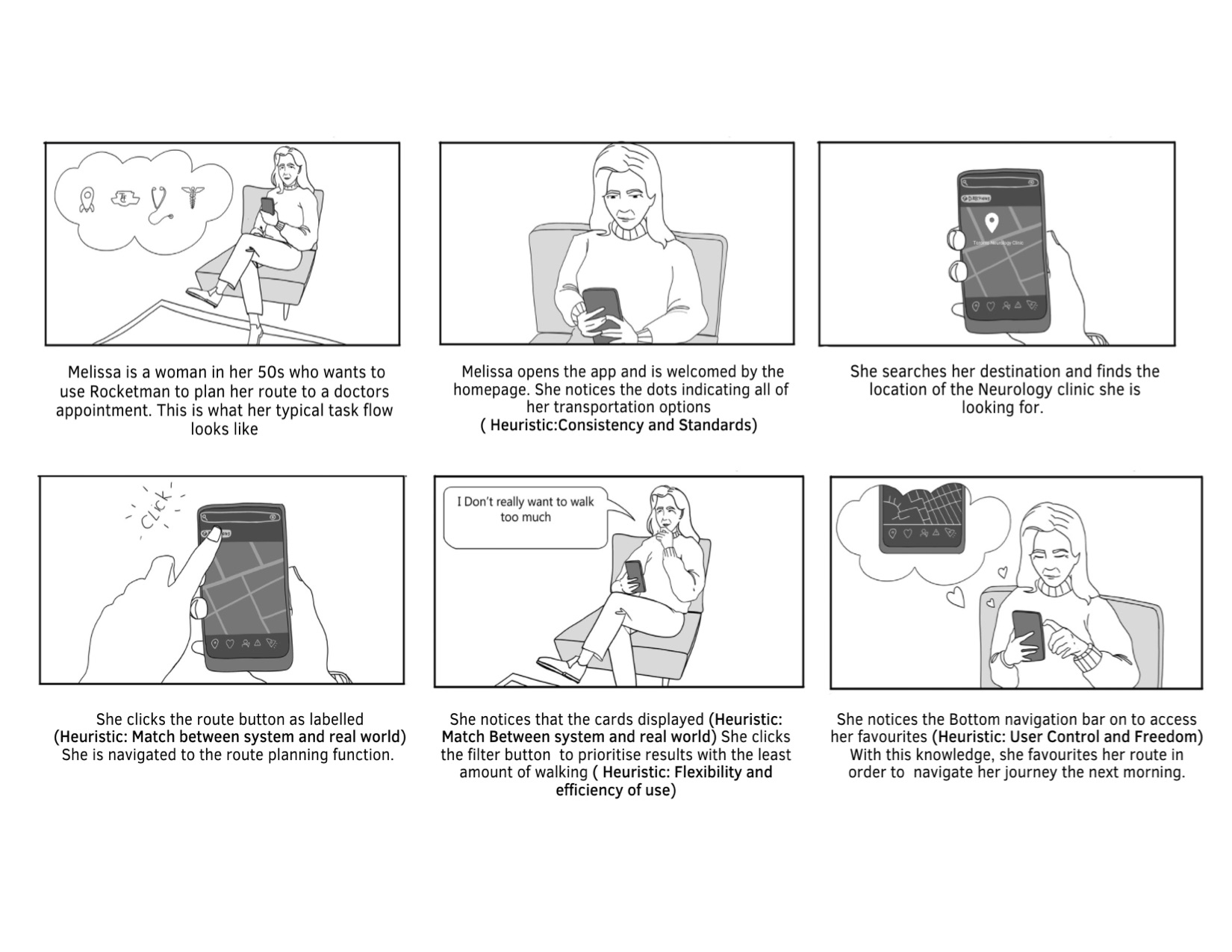
Consequently, as we conducted a usability heuristic review and redesign, we acquired the following insights:
Furthermore, for the subsequent phases, based on the insights gained from conducting a usability heuristic review and redesign:

Create improved designs based on the heuristic evaluation.

Create improved designs based on the heuristic evaluation.

Conduct user testing to ensure the changes are bringing value to the users

Propose the new designs to the TTC Board for approval.